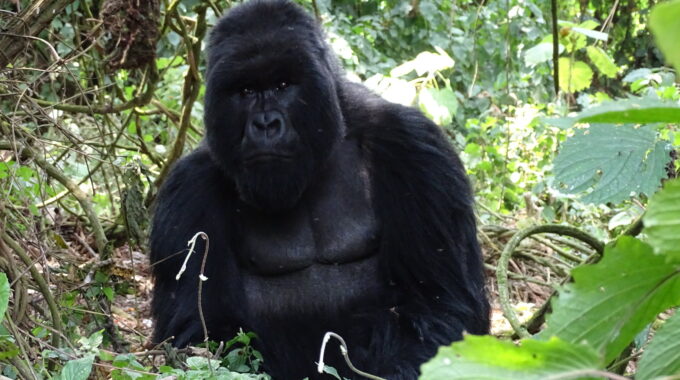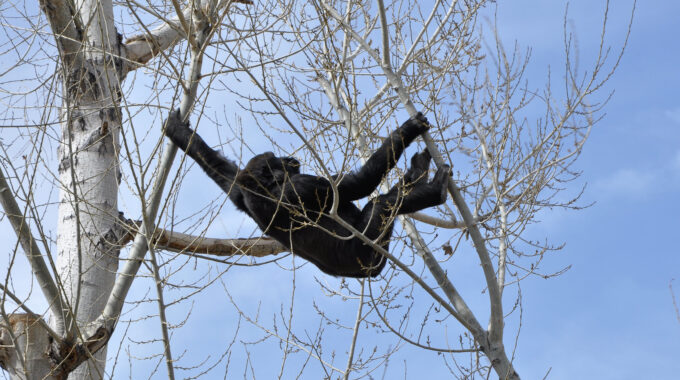10 Essentials Our Travel Experts Always Bring on Safari A safari is an exhilarating expedition. Rest…
How hard is the gorilla trek?
How hard is the gorilla trek? –
Gorilla trekking is often described as a once-in-a-lifetime experience, offering a rare opportunity to observe mountain gorillas in their natural habitat. However, the trek itself can range from moderately challenging to extremely difficult, depending on several factors. Below, we explore these factors in detail to provide a comprehensive understanding of what to expect.

Terrain and Environment
Mountain gorilla habitats are typically located in dense, tropical rainforests at high altitudes, such as Bwindi Impenetrable Forest in Uganda, Volcanoes National Park in Rwanda, and Virunga National Park in the Democratic Republic of Congo. These environments are characterized by steep slopes, thick vegetation, and uneven, muddy trails. The terrain can be rugged, with hikers navigating through tangled roots, slippery rocks, and narrow paths. In some cases, machetes are used by guides to clear a way through the vegetation.
The trek often involves ascending and descending steep hills, which can be physically demanding, especially for those not accustomed to hiking. Rainfall is common in these regions, even during the dry season, which can make the trails more slippery and challenging to traverse.
Altitude
The high altitudes of gorilla trekking destinations can add another layer of difficulty. Most trekking areas are situated between 2,200 and 4,000 meters (7,200 to 13,100 feet) above sea level. At these elevations, the air is thinner, which can lead to symptoms of altitude sickness such as shortness of breath, fatigue, and dizziness. While the effects of altitude vary from person to person, those unaccustomed to high-altitude environments may find the trek more taxing.
Duration and Intensity
The duration of a gorilla trek can vary widely, lasting anywhere from one to eight hours depending on the location of the gorilla family being tracked. Some families are closer to the park entrance, while others may require hours of hiking to reach. The trek is unpredictable, as gorillas move freely through their habitat, and their location can change daily.
Hikers should be prepared for a mix of walking, climbing, and occasional crawling. The intensity of the trek can also depend on the specific group of gorillas being tracked, as some families inhabit more remote and difficult-to-reach areas.
Physical Fitness
Gorilla trekking requires a moderate to high level of physical fitness. Those who regularly engage in cardiovascular exercises, hiking, or other outdoor activities may find the trek manageable, while individuals with a sedentary lifestyle or pre-existing health conditions may struggle. It is advisable to engage in physical preparation, such as regular walks, hikes, or gym workouts, in the weeks leading up to the trek.
Weather Conditions
The weather in tropical rainforests is highly unpredictable. Sudden rain showers can make trails slippery and muddy, while the humidity can lead to excessive sweating and dehydration. Wearing appropriate clothing, such as moisture-wicking layers and waterproof gear, is essential to staying comfortable during the trek.
Emotional and Psychological Challenges
While the physical aspects of gorilla trekking are significant, the emotional and psychological components also play a role. Long hours of hiking, unpredictable conditions, and doubts about reaching the destination can make the trek mentally difficult. However, the anticipation of encountering gorillas often serves as a powerful motivator.
Support and Preparation
Usually, experienced park rangers and trackers lead gorilla treks. They make sure everyone stays safe and help the trekkers get around. Porters are also available to carry backpacks and provide support, which can make the trek easier for those who need it.
Proper preparation is crucial for a successful trek. Strong hiking boots, waterproof clothing, gloves, hat, sunscreen, insect repellent, water, and snacks are recommended. Trekking poles can also be helpful for stability on steep or slippery paths.
Conclusion
How hard is the gorilla trek? The difficulty of a gorilla trek depends on fitness, where the family lives, weather, and altitude. The trek is physically and mentally demanding, but most participants agree that seeing mountain gorillas is worth it. Proper preparation, a positive attitude, and experienced guides can make the trek memorable for even the most difficult.



